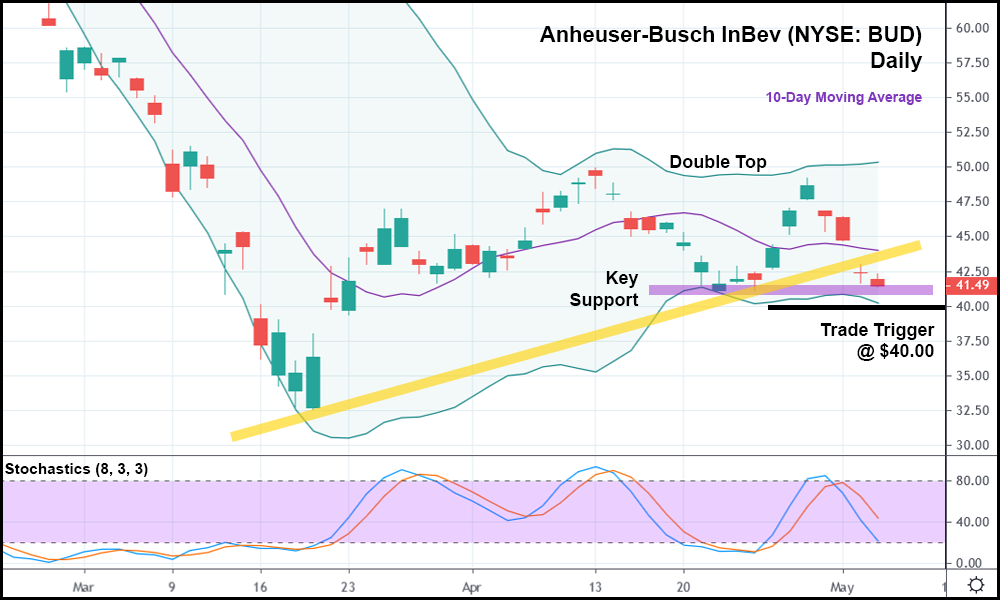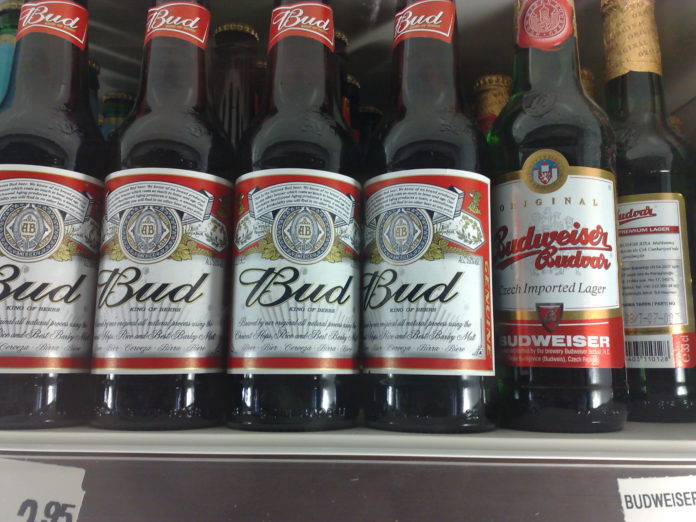Stocks were up sharply today, and then suddenly, they weren’t.
With states across the U.S. starting to re-open, there was plenty of optimism to go around. Bulls sent the indexes higher until the afternoon when a newly released study found that the coronavirus had mutated, and is more contagious than ever.
Places like California, where COVID-19 ran the gold coast ragged, will allow retailers to offer curbside service starting this Friday.
“We are entering into the next phase this week […] with modifications, we will allow retail to start operating across the spectrum,” said California Gov. Gavin Newsom on Monday.
“This is a very positive sign, and it has happened only for one reason: The data says it can happen.”
But now that a mutating virus is about, many folks remain concerned about a “second wave” of COVID-19.
“This is hard news,” wrote computational biologist Bette Korber, lead author of the study, on her Facebook page.
“But please don’t only be disheartened by it. Our team at LANL was able to document this mutation and its impact on transmission only because of a massive global effort of clinical people and experimental groups, who make new sequences of the virus (SARS-CoV-2) in their local communities available as quickly as they possibly can.”
Thus far, researchers have identified 14 different mutations.
This one is another in a long line of viruses that branched off the Wuhan-born original.
Still, some analysts believe that the re-opening will go smoothly, leading to an even stronger market as investors closely watch infection numbers.
“The trends, for now, are positive and as we have noted a few times, the burden of proof is reopening failing,” said ISI portfolio strategist Dennis DeBusschere.
“Given we have a window of re-openings with little information on how a 2nd wave is progressing, markets will grind higher till we have more info.”
After losing steam in the afternoon, however, another down day (or two) seems likely if the market can’t recover in short order.
And if equities are, in fact, headed lower, traders might want to consider shorting “at-risk” stocks.
Especially ones that formed reversal patterns, like Anheuser-Busch InBev (NYSE: BUD).

Sorry, bulls, this BUD’s not for you. After peaking in mid-April, BUD shares dropped to the lower Bollinger Band (BB) and made another run at the monthly high, forming a double top.
Now, the stock sits below both the 10-day moving average and its minor bullish trend (represented with the yellow trendline).
Another plunge and BUD will fall below key support at the April low.
Should BUD drop again, it might make sense to take the stock short with a trade trigger of $40.00.
The general market looks ready to stall, and if it does, BUD could get crushed. For shareholders, that’s disappointing news.
But for bears trying to load up on “easy money,” it could be a sign of things to come, including a possible re-test of the March lows.








